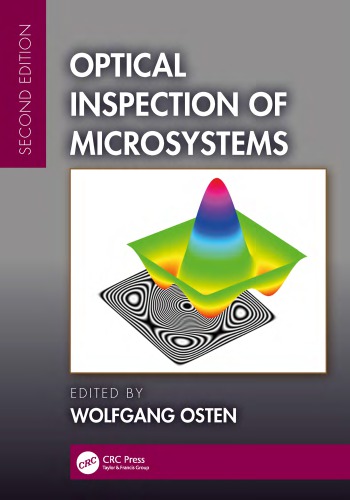

Most ebook files are in PDF format, so you can easily read them using various software such as Foxit Reader or directly on the Google Chrome browser.
Some ebook files are released by publishers in other formats such as .awz, .mobi, .epub, .fb2, etc. You may need to install specific software to read these formats on mobile/PC, such as Calibre.
Please read the tutorial at this link. https://ebooknice.com/page/post?id=faq
We offer FREE conversion to the popular formats you request; however, this may take some time. Therefore, right after payment, please email us, and we will try to provide the service as quickly as possible.
For some exceptional file formats or broken links (if any), please refrain from opening any disputes. Instead, email us first, and we will try to assist within a maximum of 6 hours.
EbookNice Team

Status:
Available4.5
40 reviewsWhere conventional testing and inspection techniques fail at the microscale, optical techniques provide a fast, robust, noninvasive, and relatively inexpensive alternative for investigating the properties and quality of microsystems. Speed, reliability, and cost are critical factors in the continued scale-up of microsystems technology across many industries, and optical techniques are in a unique position to satisfy modern commercial and industrial demands.
Optical Inspection of Microsystems, Second Edition, extends and updates the first comprehensive survey of the most important optical measurement techniques to be successfully used for the inspection of microsystems. Under the guidance of accomplished researcher Wolfgang Osten, expert contributors from industrial and academic institutions around the world share their expertise and experience with techniques such as image processing, image correlation, light scattering, scanning probe microscopy, confocal microscopy, fringe projection, grid and moire techniques, interference microscopy, laser-Doppler vibrometry, digital holography, speckle metrology, spectroscopy, and sensor fusion technologies. They also examine modern approaches to data acquisition and processing, such as the determination of surface features and the estimation of uncertainty of measurement results. The book emphasizes the evaluation of various system properties and considers encapsulated components to increase quality and reliability. Numerous practical examples and illustrations of optical testing reinforce the concepts.
Supplying effective tools for increased quality and reliability, this book